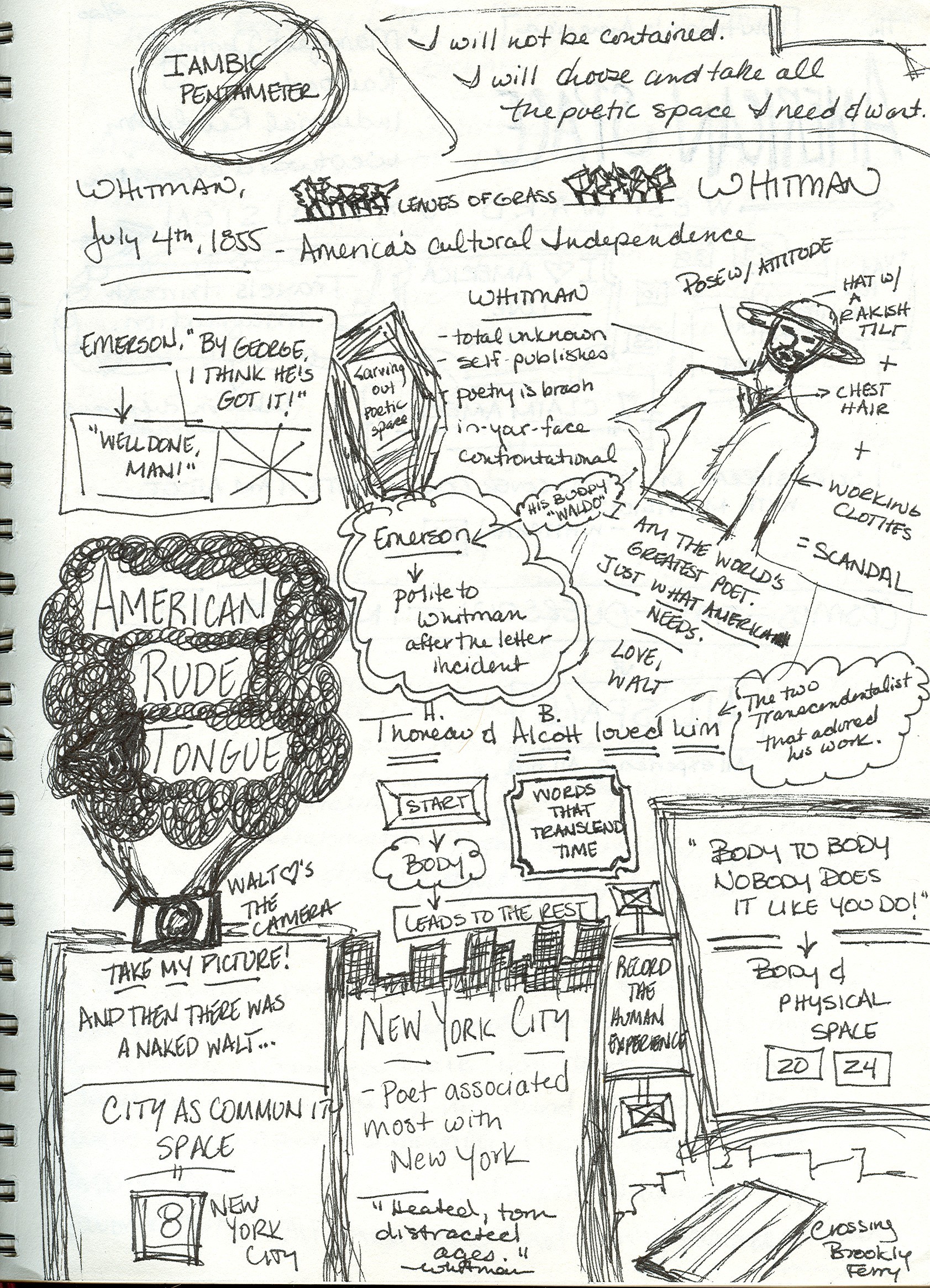|
Pages from
Leigh-Anne’s Journal

“Reflecting on Emily Dickinson”
I have always found Dickinson
to be rather intriguing and after learning more about her in this unit, I
find her even more so then I did before. She would be an interesting
person to talk to, I believe because she was questioning so much of what
was accepted and considered to be the “norm” at a time when most when
along with the flow. Added to that is the unusual way that she went
about her “questioning” of the world. Her defiance was private,
quiet and such that many didn’t even know of how she truly felt and
thought until after her death. And the sheer volume of
her work – how many poems can one write in a single
lifetime? For her, the answer was thousands.
I also find it very fascinating
how she chose to shut herself off the from the world (she did this even
when she was a child as she would lock herself in the cellar to avoid
going to church with the rest of her family). I’ve often thought
that people who lock themselves away or keep themselves apart from others
are usually the ones that demonstrate the most intelligence and/or are
the ones that spend the majority of their time caught up in thought and
contemplation.
It’s as Emerson said in
“Self-Reliance” – how the wise man is able to keep to himself; to remain an individual even in the midst of
a crowd. Whitman was the master at this but Dickinson did it in a
very literal sense – she removed herself completely, keeping her
own thoughts to herself always and yet . . . she must have felt a driving
force to express these thoughts to herself at the very least. In my
mind, it seems that they must have burned within in her so brightly that
she had to get them out on paper so that she at least could see them even
if she chose not to share them with the world just yet.
Dickinson fascinates me because
she is something of a paradox. A lonely sort of
figure as her poems often convey a sense of distance and the
loneliness of longing (or at least that’s how I interpret many of
them). And yet, she was probably not as lonely as she seems to us
now – she always had her family and even neighbors. What
reclusiveness she possessed, she had by choice – it was her own
choice to shut herself off from the world and no others. Whenever I
think of Dickinson, this is the poem that always springs to my mind:
This is my letter to the world,
That never wrote to me,–
The simple news that Nature told,
With tender majesty.
Her message is committed
To hands I cannot see;
For love of her, sweet countrymen,
Judge tenderly of me!
~Emily Dickinson
To me, she will always be this
paradoxical character that we will never quite be able to figure out to
the best of our satisfaction. Writing letters to the world, writing
poetry in a strong, clear voice and yet, she remained very
locked up inside herself all at the same time. Only through writing
was she confident and truly daring. Such a combination – a loud
mind-voice and a quiet speaking voice.
When one looks at Dickinson’s
life and at her work, there always seems to be more questions then
answers. One of the many reasons why I would love to have the
ability to travel backwards in time and sit down and have a conversation
with her. Only then would I really be able to get an understanding
of what she was like as a person and why she lived her life the way she
did: existing within the world and yet not exactly a part of it.
Myself, I identify with that
sentiment quite well.
|
